Collected and posted by BILL
This site is exclusively for the free access of individual researchers.
* No profit may be made by any person, business or organization through publication, reproduction, presentation or links to this site.
PROFILES
Histories of The Individuals Who Served
George B. Jameson
World
War II - U. S. Army Air Corps
1942 - 1943
Killed in Action
Served in air combat missions over England and Europe.
Transferred to the US military when the country entered the war.
|
Courtesy photo by
Dolly Jameson Peck
 George
"Sailor" B. Jameson
Fighter Pilot 1st Lieutenant 347 Fighter Squadron 350 Fighter Group 12th Air Force U.S. Service Number O-885586 Born: 1914 in Kentucky, moved to Mountain 1922 Died: Dec 24, 1943 Djidjelli, North Africa Burial: Plot B, Row 18, Grave 20 North Africa American Cemetery and Memorial Carthage Tunis, Tunisia |
AWARDS
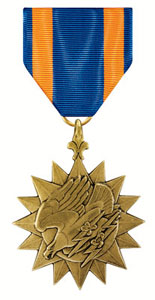 Air Medal |
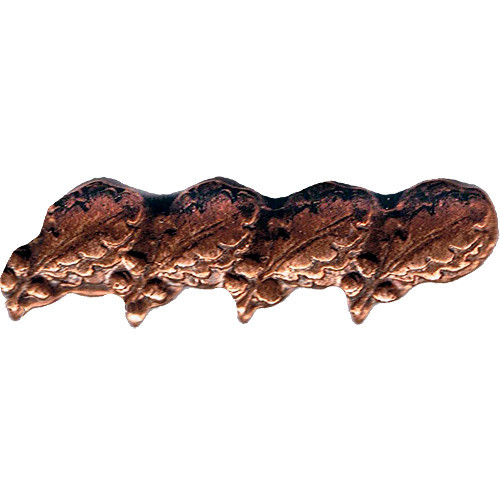 4 Oak Leaf Cluster  Air Medal Ribbon |
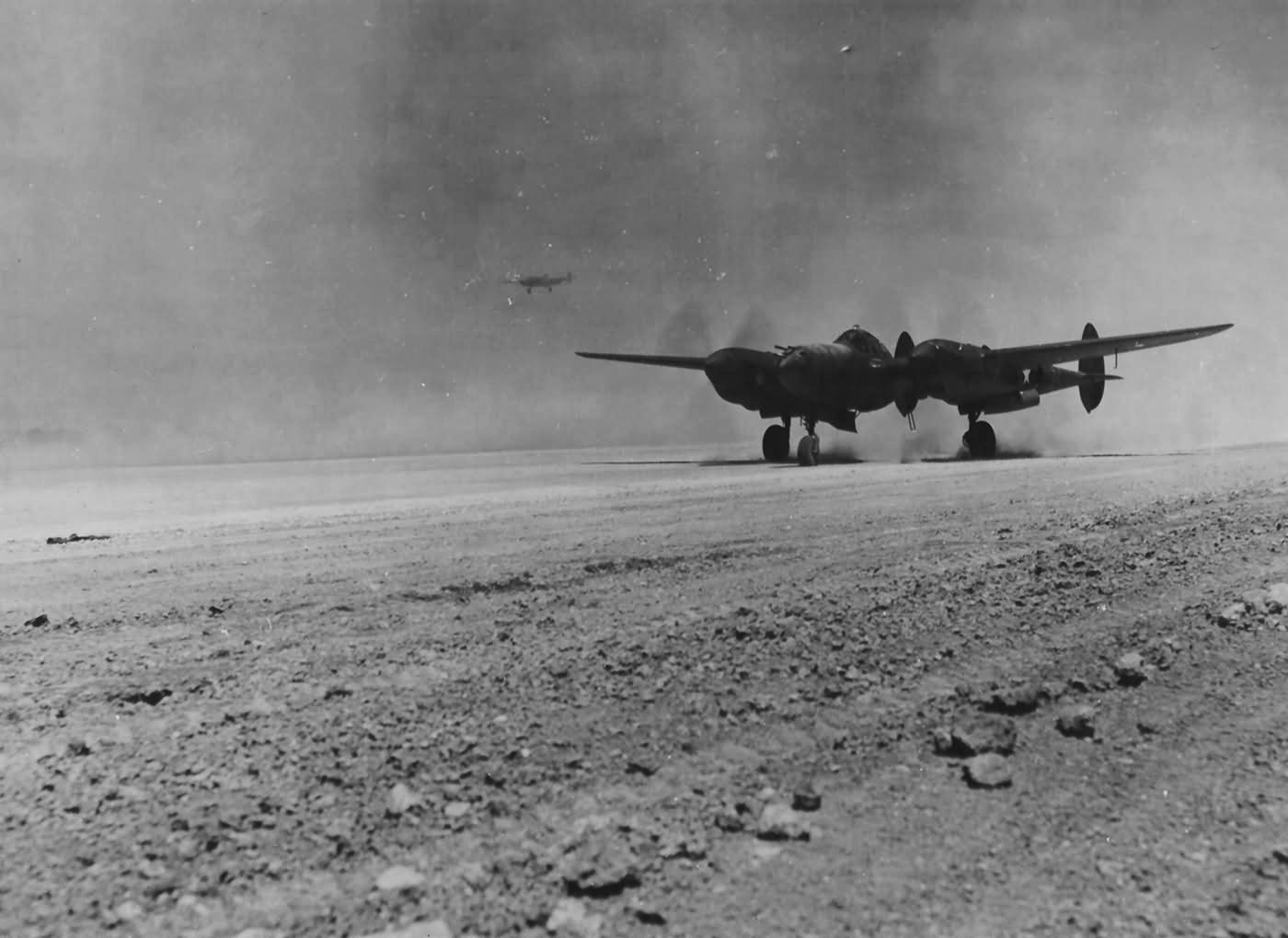 Lockheed P-38 Lightning Fighter Bomber Landing at the airfield in Algeria, North Africa, were George B. Jameson was. |
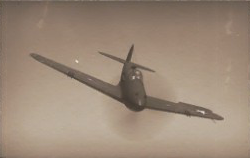 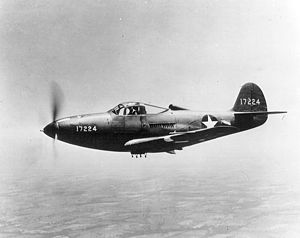 Bell P-39N-1 Airacobra Flown by George B. Jameson on his final mission. |
|
Military History At the age of 24 years, in
1940, George B. Jameson left Mountain, Oconto County, Wisconsin, to
volunteer in the Royal Canadian Air Force. He felt that the USA would
be eventually be drawn into the war against Nazi Germany if support for
England was not given. He was trained as a fighter pilot and first flew
in the Royal Air Force Eagle
Squadrons of World War II, made up of United States volunteers.
News Articles Originally there was one Eagle Squardron of which George B. Jameson was a pilot. The 71 Squadron first saw active duty on January 4, 1941. There was a lengthy, tremendous attempt by the Nazi air command to destroy the RAF over Britain, the English Channel and northern France to pave the way for an all out German invasion of the British isles, named "Battle of Britain." Wave after wave of bombers crossed the channel to inflict devistating damage to ports and cities in England, killing civilians without mercy. Most of these German raids occured at night, making it very difficult for British anti aircraft artillary and aircraft to defend the homeland. There was no radar as yet, and in the dark it was hard for ground troups to see which airplanes were RAF. Fear and crushing the morale of the British people were also an intended part of the process. The attacks on Britain were from the air and fighter pilots were vital. George B. Jameson saw many hours of fight and air battles. The bombing of Pearl Harbor, Hawaii, on December 7, 1941, initiated the United States entry into the the Allied front in World War II. George B. Jameson transferred to the US Army Air Corps, along with other RAF US volunteers, as soon has possible. His extended experience in flighter aircraft battle on modern planes was a true asset. He offered much needed help in organizing the 347 Fighter Squadron, 12th Air Force, which was immediately needed. The pilots were using Lockheed P-38 Lightning Fighters and waiting for the crated P-39 Aircobra planes to be assembled, but there were not enough ground personel to begin doing so until December 1942 as these planes were originally sent for French Air Force use just at the time France was overrun by the Nazi Army. They were in warehouses in England and neither the Englis nor the UA militaries wanted to use their personel on the new 12th that was nor fully organized. This left very little time for pilots to adjust to the new plane in the two weeks left until the trip to French Morocco, African, front. Many of the pilots using these planes to travel to that front from England did not make it due to shortages of fuel in heavy weather. The P-38 fighter continued to be used in Africa by George B. Jameson, who had traveled by ship to Morocco dute to his duties involving the organization asnd transition of US Airmen from the British Eagle Squadron to the 12 Air Force Unit of the USA. This may have been the time he picked up the nickname "sailor" having been kidded by his fellow pilots for not having had a plane to fly to Africa. The 12th Air Force provided flying patrol and interception missions, protecting convoys, escorting aircraft, flying reconnaissance missions, engaging in disrupting enemy operations, and providing close support for ground forces. The unit defended the coast of Algeria during the summer and fall of 1943. All this time, the unit was not considered part of the US military, nor part of the British military on paper because of the transition between the two army air forces. The paperwork was not officially completed until the fall of 1943 and the 12th Air Force began to receive some much needed supplies from the United States Army Air Corps for repairs and newly assembled P-39 aircraft. George B. Jameson was one of the pilots who, from June to September 1943, flew one of two P-38s left to intercept and destroy high-flying Luftwaffe reconnaissance aircraft sent to photograph the allied invasion fleet gathering along the North African coast for the invasion of Sicily. On August 28, 1943 George was given credit for downing a Nazi Me-109. Badly damaged, he managed "to victory roll" his plane to "a hasty pancake on landing" upon return, but was uninjured. While awaiting his own assigned Bell P-39N-1 Airacobra fighter plane to be assembled, George was ordered to use one assigned to Fred N. Smith for December 24, 1943. The Plane was coded "ZZ" on the cowl. During severe weather and while providing patrol and escort for a P-40 bomber mission, he was reported to have engaged in mid air combat that damaged his plane. He flew blind into a radio mast at the aerodrome 2 miles out of Djidjelli, North Africa and crashed. He is buried in Plot B, Row 18, Grave 20 North Africa American Cemetery and Memorial, Carthage, Tunis, Tunisia. ~~~~~~~~~~~~~~~~~~~~~~~~~~~~~~~~~~~~~~~~~~~~~~~~~~~~
Kenneth
C. Kan
Washington,
D.C.
2007
First
in the Air
The
Eagle Squadrons of World War II
During
the perilous years of 1940-1941, a small band of Americans joined the
Royal Air Force to help England resist Nazi Germany. They did
so while the United States remained a neutral power and overcame
significant obstacles to accomplish their objective. Over time, the RAF
formed three fighter units, known collectively as the Eagle Squadrons,
around these volunteer pilots. These Americans flew alongside their
British comrades in fighter and bomber escort missions until 1942, when
they transferred into the United States Army Air Forces. The Eagle
Squadron pilots made noteworthy contributions to the RAF, assisting
them in their transition from fighting a defensive war to waging an
offensive campaign against the German Luftwaffe and helping pave the
way to an eventual Allied victory.Manitowoc Herald-Times
August 30, 1943 BAGS MESSERSCHMITT
ALLIED HEADQUARTERS IN NORTH AFRICA NORTH AFRICA, (AP) - Lt.
George B. Jameson of Green Bay, originally from Oconto County, Wis.,
shot down a Messerschmitt 109 Saturday, challenging the Nazi at 30,000
feet over the north African coast. He is a Lightning pilot.
~~~~~~~~~~~~~~~~~~~~~~~~~~~~~~~~~~~~~~~~~~~~~~~~~~~~~~~~~~~~~
On Dec. 7, 1941, Dolly’s father called his children together to listen to the news of Pearl Harbor on the radio. “There were five kids at home when I grew up during the war,” she said. “My three older sisters had already gone. My brother George couldn’t wait to go to war. Before the U.S. got into the war he went to Canada and joined the Royal Canadian Air Force. They sent him to Arizona to train, then to England where he flew with the Royal Air Force. At some point he joined the (U.S. Air Force). The war didn’t affect me much until my brother was shot down over Algiers. On Christmas Eve 1943 our pastor came to the house and told us.” George’s death brought the war painfully home to all of them. It wasn’t long before Dolly’s mother had five blue stars and one gold star on the flag in the window. It was common practice for mothers to show how many children they had in the service by showing blue stars for the living and gold stars for those who had died in action. ~~~~~~~~~~~~~~~~~~~~~~~~~~~~~~~~~~~~~~~~~~~~~~~~~~~~~~~~~~~~~From: Hamlet of Mountain Mighty Proud
of Part in War Effort - by Frank Horak 1943
OCONTO, Wis.—The recently reported death of the North; African air ace, Lt. George B. Jameson, a native of Mountain, Wis., in Oconto county, has drawn attention to the sacrifice the village of Mountain and its immediate vicinity has made in this war thus far. Mountain is an unincorporated village of about 175 souls in the town of Armstrong which is listed in 1940 with a population of 572, lying in the northwestern part of Oconto county as it angles north-Westerly about 40 miles from Oconto. Lt. Jameson was raised on a farm near Mountain, getting his primary education both in the schools and in the woods. His father, John W. Jameson, was a member of the town school hoard. Lt. Jameson was killed in a crash of his plane over Algiers in North Africa the day before Christmas. (The village of Mountain had a population of only 200 during World War II, yet lost Lynn Elliot Dunlap, George B Jameson, Albert Zitske, Lyle B. Frost, Delbert L Bartz, George Klover, Richard Sandberg, and Kenneth Nelson to military action.) |